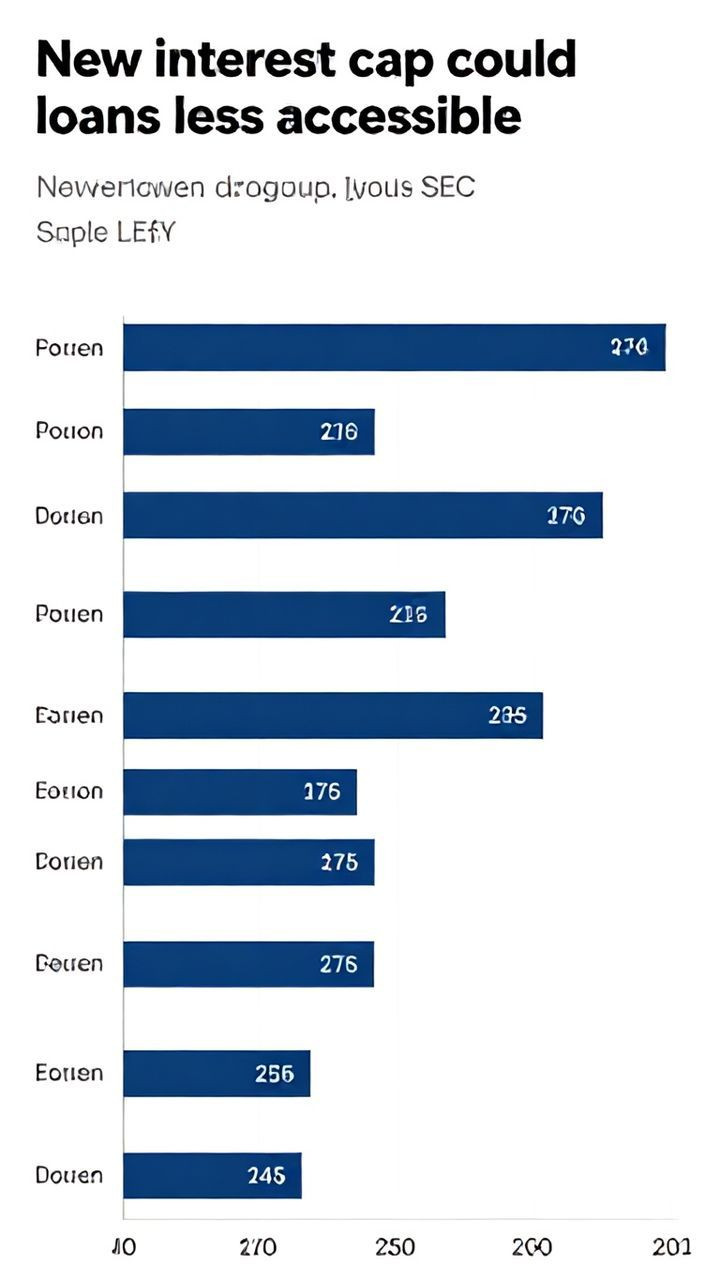
"Why PHL Fails to Meet 2024 Growth Goal: A Critical Analysis
"Why PHL Fails to Meet 2024 Growth Goal: A Critical Analysis
Why PHL Fails to Meet 2024 Growth Goal: A Critical AnalysisAs we enter a new year, it's essential to reflect on the performance of our economy in the previous year. Unfortunately, the Philippine economy fell short of its growth goal for 2024, with GDP expanding by a weaker-than-expected 5.2% in the fourth quarter. In this blog post, we will delve into the reasons behind this underperformance and explore what it means for humanitarian workers looking to make an impact in 2025.A Critical Analysis: The Underlying FactorsOne of the primary factors contributing to PHL's subpar performance is sluggish consumption. As consumers become increasingly cautious with their spending, it hinders businesses' ability to invest and expand, ultimately affecting GDP growth. In Q4 2024, consumer spending grew at a meager 3.5%, significantly lower than the government's target.Another significant indicator of economic health is farm output. Unfortunately, PHL's agricultural sector also underperformed in 2024, with production declining by 2.1%. This has far-reaching consequences for both local communities and the economy as a whole.What Went Wrong? A Closer ExaminationSeveral factors contributed to PHL's disappointing performance: Global Headwinds: The global economy faced significant headwinds in 2024, including rising interest rates and inflationary pressures. This had a negative impact on PHL's growth prospects, making it more challenging for businesses to expand. Domestic Challenges: Domestic challenges, such as corruption and red tape, also hindered economic growth. These issues encroach on the ability of businesses to operate efficiently, ultimately affecting GDP. Infrastructure Shortfalls: PHL's infrastructure is still developing, which hinders the country's ability to support rapid economic growth. Inadequate transportation networks, power supply, and telecommunications infrastructure all contribute to a less-than-ideal business environment.The Role of Humanitarian WorkersWhile PHL's economic performance may be underwhelming, there are still many opportunities for humanitarian workers to make a meaningful impact in 2025. Here are a few key takeaways: Focus on Sustainable Development: Humanitarian workers should focus on sustainable development projects that promote economic growth and poverty reduction. This might include initiatives that support small-scale farming, entrepreneurship, or community-based development. Address Infrastructure Gaps: Humanitarian organizations can work with local governments to address infrastructure gaps, such as building new roads, bridges, or healthcare facilities. Build Resilience: Humanitarian workers should prioritize building resilience in communities, helping them prepare for and respond to natural disasters, climate-related events, and other crises.ConclusionIn conclusion, PHL's failure to meet its 2024 growth goal is a wake-up call for humanitarian workers. By understanding the underlying issues that hinder economic growth, we can develop targeted interventions that support sustainable development and poverty reduction. As we look ahead to 2025, it's essential to prioritize initiatives that promote infrastructure development, sustainable agriculture, and community resilience.Key Takeaways: PHL's GDP expanded by a weaker-than-expected 5.2% in Q4 2024. Sluggish consumption and lower farm output were significant contributors to the underperformance. Humanitarian workers can make an impact by focusing on sustainable development, addressing infrastructure gaps, and building community resilience.Keyword Integration: Philippine economy GDP growth Consumption Farm output Humanitarian workers Sustainable development Infrastructure development






